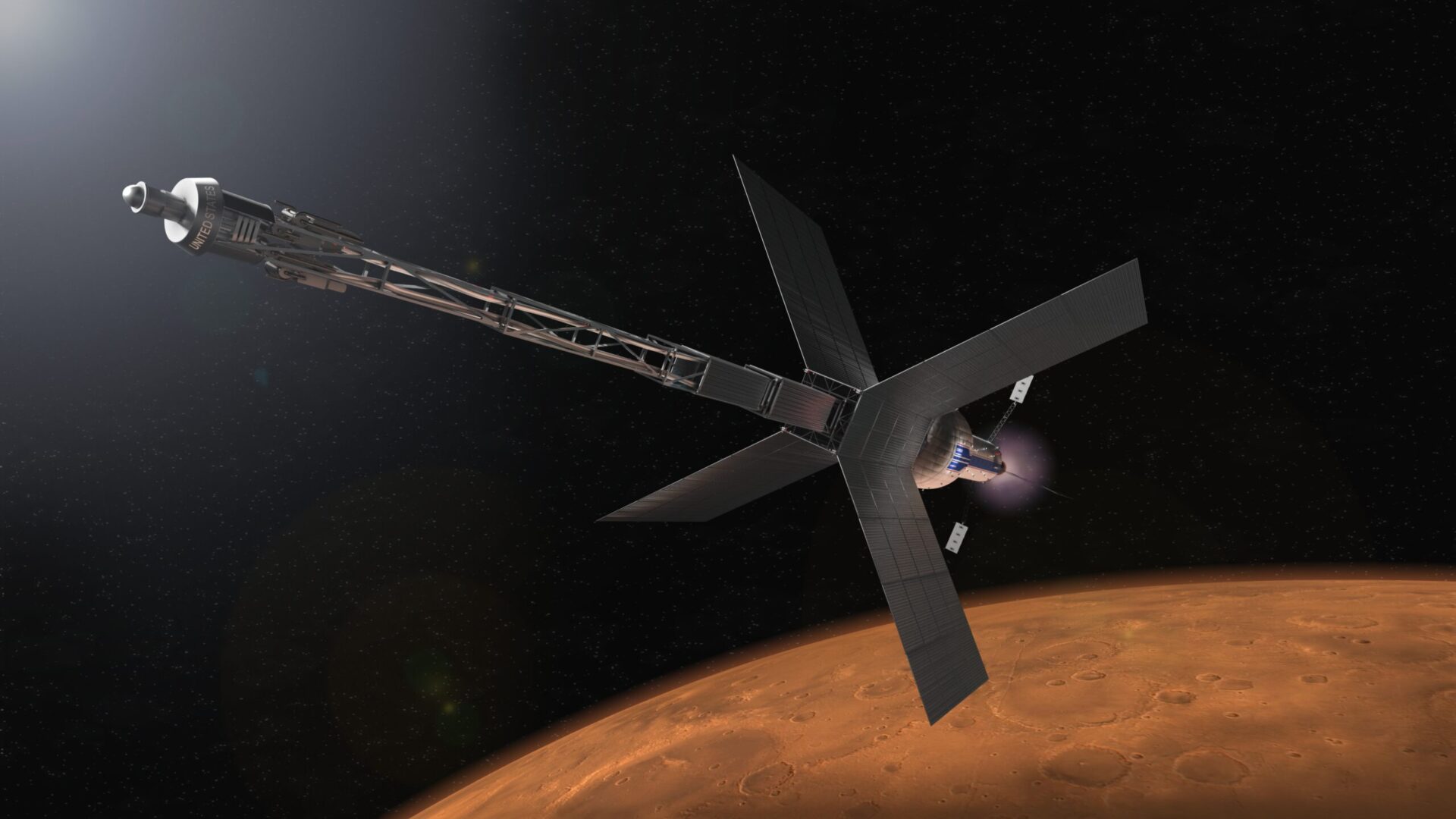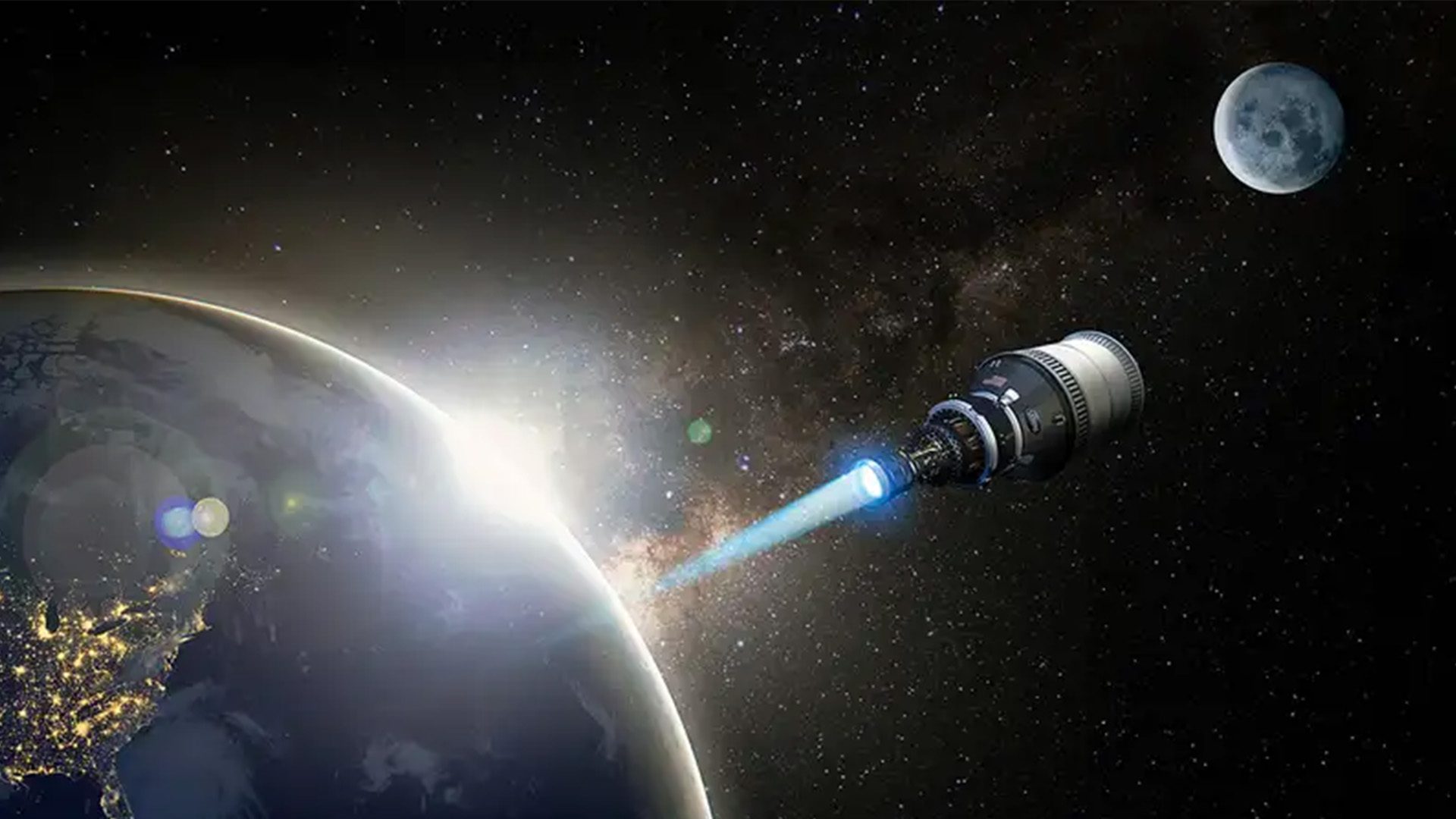Rolls-Royce revealed a new image of its microreactor intended for space. As the company explained in a tweet, the microreactor is designed to use an “inherently safe and extremely robust fuel form”. The company added that each uranium particle in the microreactor is encapsulated in multiple protective layers in order to withstand the extreme conditions in space.
A Rolls-Royce Micro-Reactor is designed to use an inherently safe and extremely robust fuel form. Each uranium particle is encapsulated in multiple protective layers that act as a containment system, allowing it to withstand extreme conditions.https://t.co/OOc9kBGXDx pic.twitter.com/wkXmZgzhrs
— Rolls-Royce (@RollsRoyce) January 27, 2023
Rolls-Royce & Nuclear Power
In a video on Rolls-Royce’s site, Head of Innovation Products and Services, Jake Thompson, describes that the reactor is in the “concept, design, development, and testing phase.” The company says that the reactor could serve as both a new form of propulsion and a power source for bases on the moon or Mars.
This microreactor is part of Rolls-Royce’s agreement with the UK Space Agency to study and experiment with nuclear power options for future space exploration. In addition to microreactors, Rolls-Royce will research nuclear propulsion technologies, turbine-based combined cycles, and decay heat. This includes the manufacturing and launch of space vehicles and powering on-orbit and in-situ activities.
As the UK Senior Vice President of Rolls-Royce Defence, Dave Gordon, explained, “We are excited to be working with the UK Space Agency on this pioneering project to define future nuclear power technologies for space. We believe there is a real niche UK capability in this area and this initiative can build on the strong UK nuclear network and supply chain.”
Nuclear & The Future of Space
Microreactors like Rolls-Royce’s could eventually allow humans to stay on the Moon and Mars by providing a reliable energy source. Microreactors are powered by nuclear fission which harnesses the energy released in the splitting of atoms. As a result, fission technology is relatively lightweight and reliable, and it works without oxygen, sunlight, or fuel.
A nuclear propulsion system is also necessary to get to Mars. Nuclear thermal uses the heat created during fission to expand and accelerate liquid hydrogen fuel through the reactor core and out of the thruster nozzle of a rocket. This process reduces the estimated time for a human to get to Mars by at least 25 percent, thereby limiting the crew’s exposure to cosmic radiation.

Photo Credit: NASA
NASA, the Defense Advanced Research Projects Agency (DARPA), and the Department of Defense all have ongoing nuclear projects similar to Rolls-Royce. For example, DARPA is investing in nuclear propulsion for space vehicles to demonstrate that an engine can fly vast distances in the area between Earth and the Moon.
Additionally, in October 2022, a nuclear reactor intended for space reportedly passed a comprehensive performance evaluation by China’s Ministry of Science and Technology. Designed by the Chinese Academy of Sciences, the reactor can generate one megawatt of electricity for spacecraft power supply and propulsion. One megawatt of energy is enough to power 10 International Space Stations.





